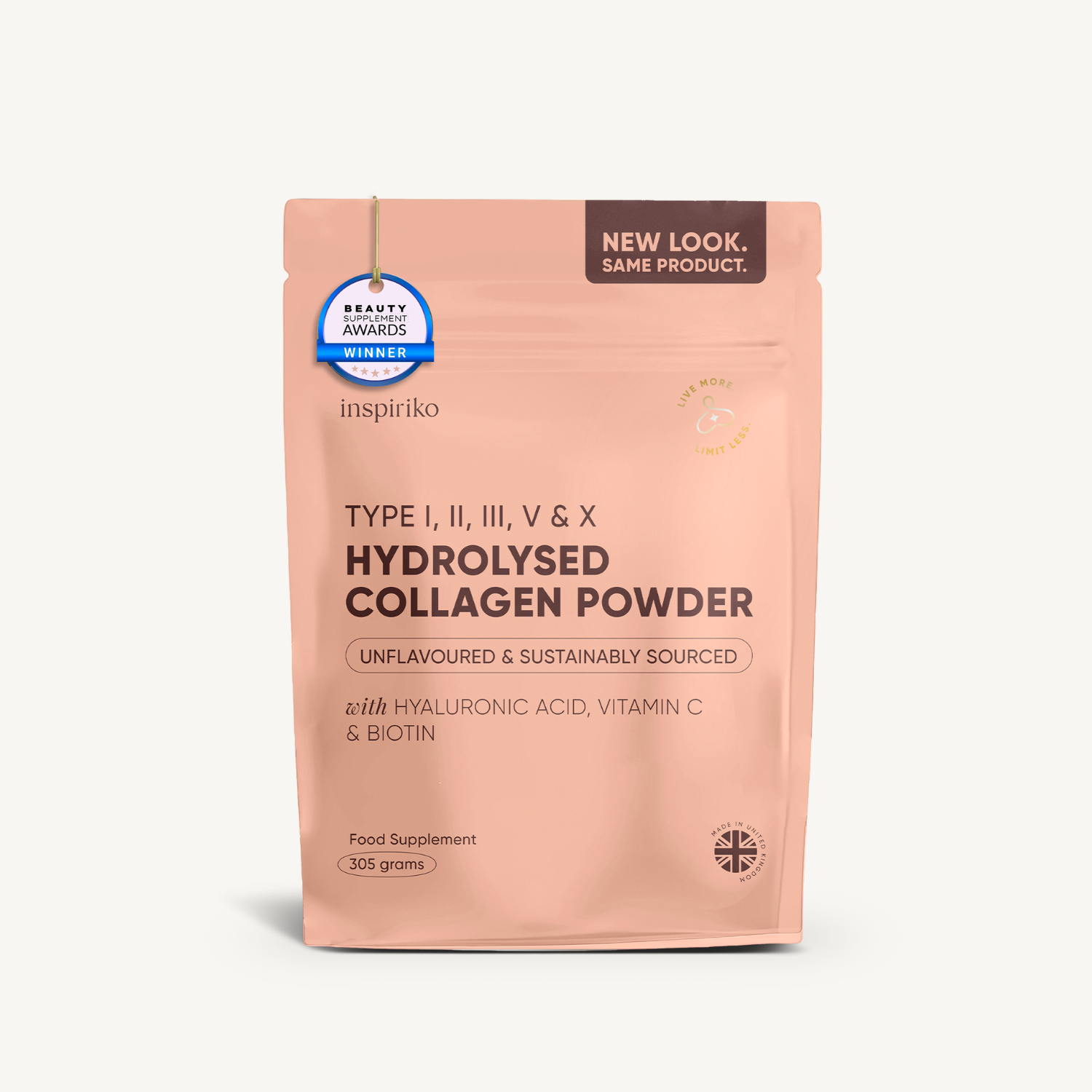As women, our bodies are beautifully complex—and with age, they evolve. While we embrace these changes, from perimenopause to full-blown menopause, certain nutrients become more critical than ever. Magnesium is one of them. You may think of magnesium as just another mineral, but for women over 40, it’s a non-negotiable ally in maintaining hormonal harmony, mental clarity, bone strength, and restful sleep. Sadly, many of us aren't getting nearly enough.
In fact, research by Nutritional Insight Limited reveals that UK women are particularly vulnerable to micronutrient shortfalls from food sources alone. So let’s dive into why women need magnesium—and how it could change everything from your mood to your muscles.

Magnesium for Hormonal Harmony: A Natural Ally During PMS & Perimenopause
Whether you’re struggling with irregular cycles, insomnia, irritability, or intense menstrual cramps, magnesium may be your new best friend. It plays a key role in regulating oestrogen and progesterone, the hormones that often wreak havoc during perimenopause and menopause. When levels are low, symptoms like anxiety, bloating, and breast tenderness can become more severe (1).
According to NHS guidelines, adult women need about 270 mg of magnesium daily. During times of hormonal flux—like pregnancy, breastfeeding, or menopause—your body may need even more.
Our Chelated Magnesium Glycinate is designed for optimal absorption, helping you manage hormonal changes without digestive discomfort. With high bioavailability, this form of magnesium supports everything from mood to menstrual balance.
How Magnesium Helps You Stay Calm & Collected
Magnesium is directly involved in the regulation of cortisol—the body’s primary stress hormone. Chronic stress depletes magnesium stores, while magnesium itself has a calming effect on the nervous system. It aids the production of serotonin, our "feel-good" neurotransmitter, which can help stabilise mood, reduce anxiety, and improve resilience to stress (2).
Women in midlife often juggle multiple responsibilities—career, family, health—which is why we need a daily routine that includes not just mindfulness but also the minerals that support it. Our Smarter Magnesium Complex blends magnesium with zinc, vitamin B6, and D3 for comprehensive support that boosts mood and eases mental fatigue.
Magnesium and Better Sleep: A Midlife Necessity
Sleep disruption is one of the most common complaints during menopause. Whether it's trouble falling asleep or waking up at 3 a.m., magnesium can help. It reduces the body’s production of cortisol and enhances melatonin activity—our sleep hormone—helping to calm the brain and relax muscles before bedtime.
In the UK, nearly 1 in 3 adults report sleep problems regularly, with women over 40 disproportionately affected (3). Poor sleep is more than a nuisance—it impacts cognitive function, weight regulation, and overall quality of life.

Migraine Management: A Natural Pain Reliever
Struggling with migraines? Research shows a clear link between magnesium deficiency and chronic headaches. Magnesium supports the relaxation of blood vessels and reduces neurological inflammation, both of which are triggers for migraines (4).
In fact, one study found that magnesium supplementation could reduce the frequency of migraine attacks by up to 40%. Since magnesium is water-soluble, your body doesn’t store it—so you need to replenish it regularly (7).
Strong Bones & Muscles
Around 60% of the magnesium in your body is stored in your bones. As oestrogen levels drop during menopause, we lose bone mass more quickly. Magnesium helps improve bone mineral density, support calcium absorption, and reduce the risk of osteoporosis. It’s also essential for muscle relaxation—particularly helpful for women experiencing leg cramps at night (5).
Heart Health & Blood Pressure
Magnesium helps regulate heart rhythm, reduce blood pressure, and improve blood vessel function. During menopause, as oestrogen declines, women are at greater risk for cardiovascular disease. Maintaining healthy magnesium levels can help protect your heart by improving circulation and lowering inflammation (6).

How to Get More Magnesium (And Why Absorption Matters)
Modern diets—often depleted due to overfarming and high in processed foods—don’t provide the magnesium we once relied on. Add to that caffeine, alcohol, and medications, and it’s no wonder we’re falling short.
The best way to ensure optimal intake is a combination of magnesium-rich foods—like dark leafy greens, legumes, and seeds—and high-quality supplements. But not all supplements are equal. Look for chelated forms (like bisglycinate), which are easier on the stomach and better absorbed by the body.
FAQs
1. Can magnesium help with skin health during menopause?
2. How does magnesium interact with other supplements or medications?
3. Are there any signs of too much magnesium intake?
Related Products
References for the blog
-
Briden, L. (2018). Magnesium and the menstrual cycle. Clue.
https://helloclue.com/articles/cycle-a-z/magnesium-and-the-menstrual-cycle -
Turner, L. (2020, October 14). Boost your mood and beat stress with magnesium. Clean Eating.
https://www.cleaneatingmag.com/clean-diet/general-health/magnesium-for-stress-mood-sleep/ -
Suni, E. (2023, September 26). 100+ sleep statistics – facts and data about sleep. Sleep Foundation.
https://www.sleepfoundation.org/how-sleep-works/sleep-facts-statistics -
Yablon, L. A., & Mauskop, A. (2011). Magnesium in headache. In R. Vink & M. Nechifor (Eds.), Magnesium in the central nervous system. University of Adelaide Press.
https://www.ncbi.nlm.nih.gov/books/NBK507271/ -
Hecht, M. (2024, June 25). What to know about magnesium and your leg cramps. Healthline.
https://www.healthline.com/health/magnesium-for-leg-cramps -
Houston, M. (2011). The role of magnesium in hypertension and cardiovascular disease. Journal of Clinical Hypertension, 13(11), 843–847.
https://pubmed.ncbi.nlm.nih.gov/22051430/ -
Derbyshire, E. (2018). Micronutrient intakes of British adults across mid-life: A secondary analysis of the UK National Diet and Nutrition Survey. Frontiers in Nutrition, 5, 55.
https://doi.org/10.3389/fnut.2018.00055






